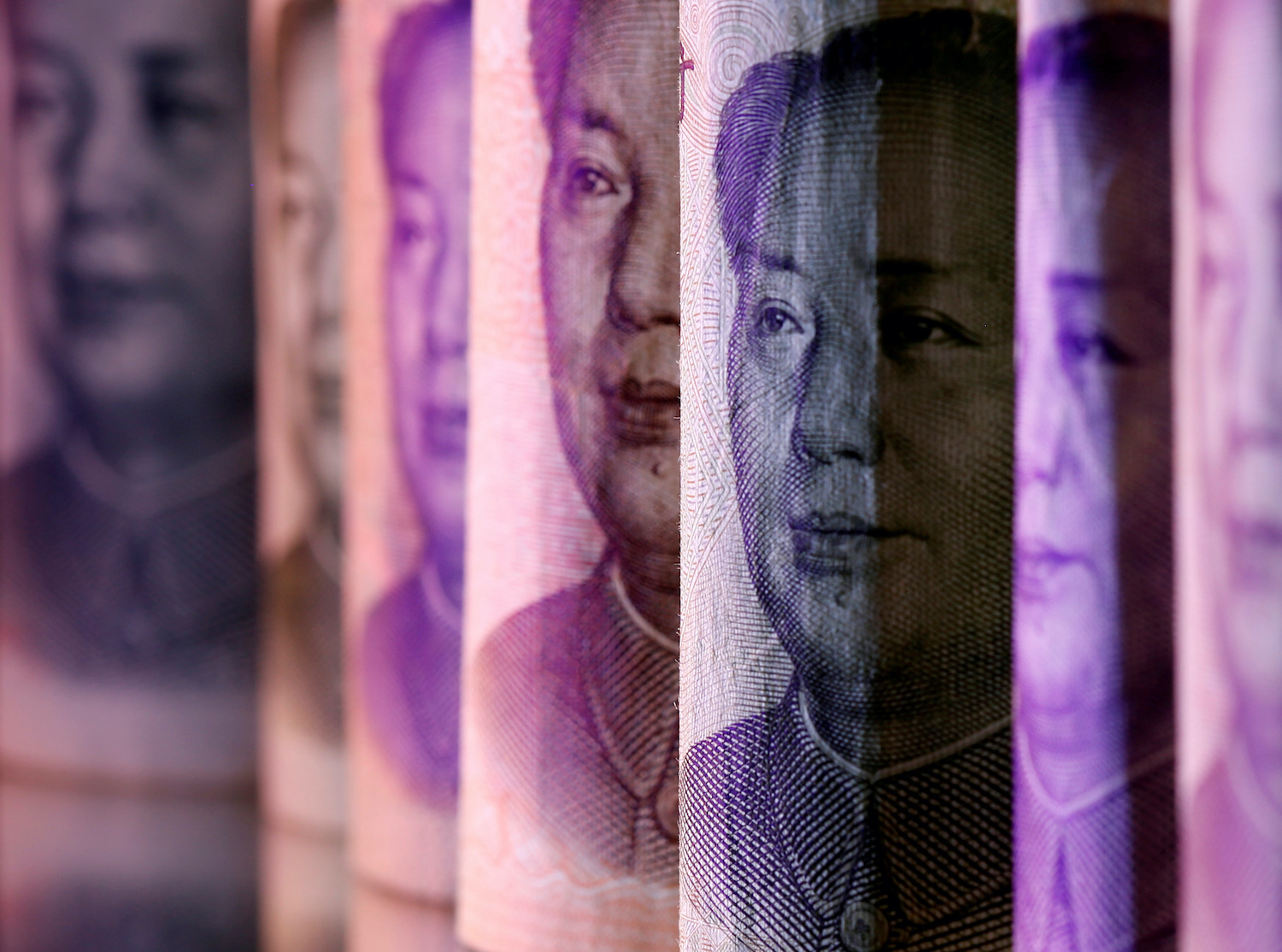(ATF) On Tuesday March 16, the offshore yuan exchange rate continued to fall slightly, but it was still below 6.5130.
Over the past two trading days (March 12 and 15), when the offshore yuan exchange rate fell to around 6.5130, it rebounded. This has led to speculation it may rise further.
In regard to this, the editor of China Finance and Economics said he felt that in the short term, the yuan may not appreciate further, or that the strength of any further rise will be small. But, the probability of the yuan continuing to fall seems very high.
Judging from economic data released by China yesterday, the yuan does not have the basis for a further rise. Data on China’s urban-surveyed unemployment rate in February was 5.5%, greater than the expected 5.2%.
The data in February showed the surveyed unemployment rate in China’s cities and towns was not only higher than market expectations, it increased by 0.3% compared with the previous month.
The annual rate of China’s urban fixed asset investment from January to February was also lower than market expectations, an increase of 4.1 percentage points. The growth rate for such from January to February was also lower than expected.
As well as the “weakness” of some of China’s economic data, judging from the recent trend of the dollar index, it is also restraining the yuan from rising.
USD index up by 431 basis points
From March 12 to 15, the US dollar index rose by a total of 431 basis points – that is, the dollar appreciated 0.47%. Recently, some people believe the rise of the dollar is unsustainable. This stems from the fact that President Biden’s $1.9-trillion economic stimulus plan will be implemented.
In the future, although implementation of Biden’s huge stimulus plan will lead to a depreciation of the dollar, the plan has not yet been implemented, and its impact on the dollar has not yet fully played out.
However, the continued rise of yields for US 10-year Treasury bonds is the focus of market attention. According to the market trend chart, from January 4 to March 16, the yield for 10-year US Treasuries rose by 0.675% in more than two months.
The continued rise in the yield of these bonds will inevitably cause the dollar to appreciate. The core driving force for the rise in the yield of the 10-year Treasuries is the inflation rate and the real interest rate.
Earlier, Powell said that in the short term the Fed will not raise its benchmark interest rate. But, under market expectations in regard to Biden’s stimulus plan, the domestic real interest rate will not appreciate significantly.
However, the domestic inflation rate in the United States will continue to rise, which will further increase the yield of US Treasuries. In February, although the monthly rate of the US PPI was lower by 0.8 percentage points from the previous month, it has become “positive” and “higher” than the monthly value of 2020.
In addition, judging from economic data released by the United States yesterday, it is also helping the dollar to rise. The New York Federal Reserve Manufacturing Index in March was 17.4, over an expected value of 14.5 and a previous value of 12.1.
Therefore, under the combined effect of these factors, in the short-term, even if the yuan exchange rate is blocked at 6.5130, it does not mean that the yuan will appreciate further.
Following recent pressure on the onshore and offshore markets of the yuan against the dollar, it fell to its lowest level since the beginning of this year on March 10. The onshore yuan exchange rate against the dollar rose slightly, opening at 6.505; and the offshore RMB-US dollar exchange rate opened lower and fell below the 6.52 mark.
Meanwhile, China’s central bank purchased a net 23.5 billion yuan ($3.6 billion) worth of foreign exchange in February, the highest net forex purchases since October 2015, according to Reuters calculations based on central bank data released on Tuesday.
























